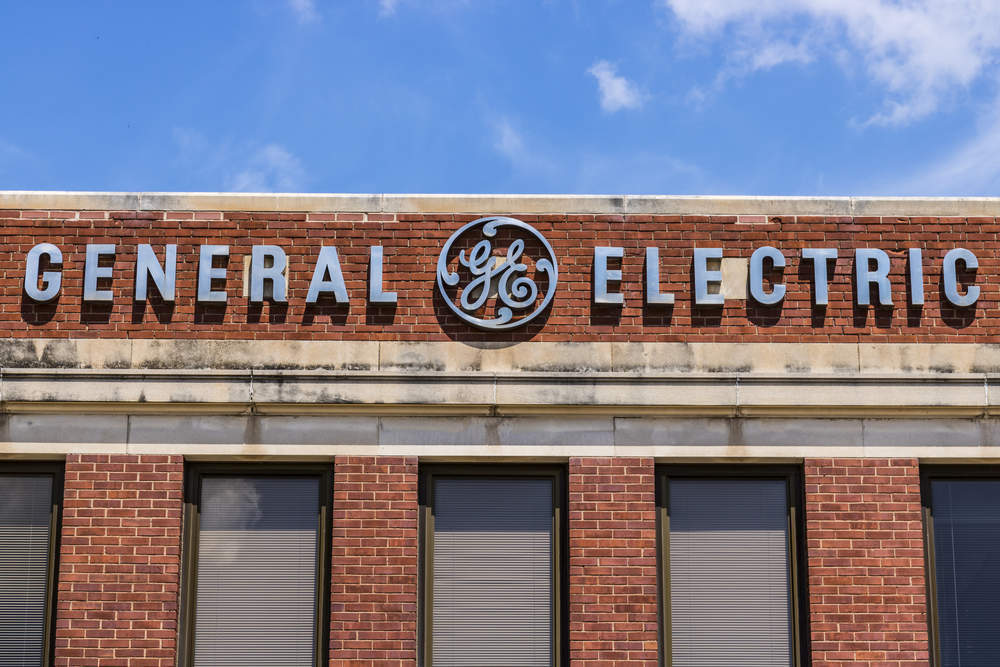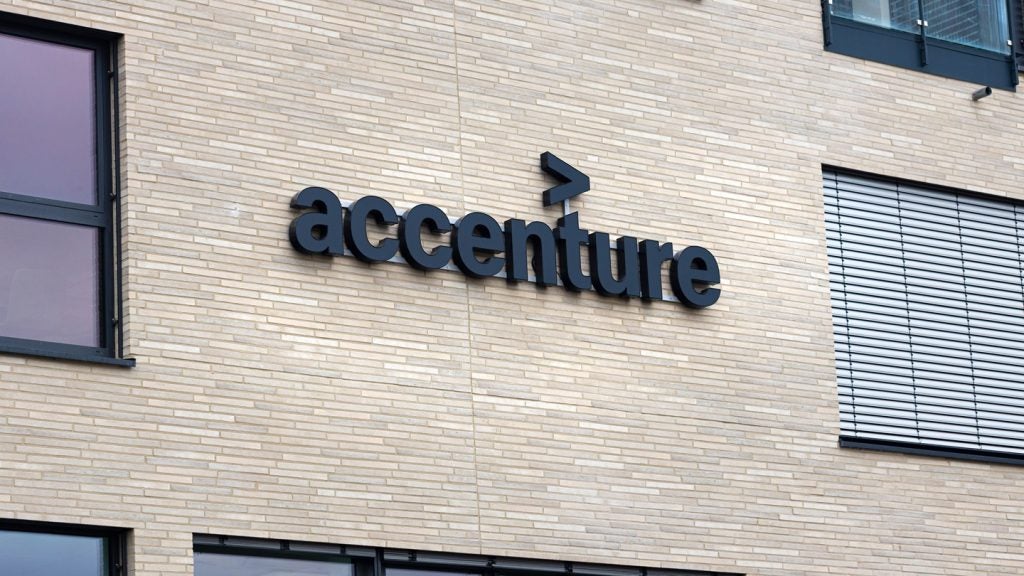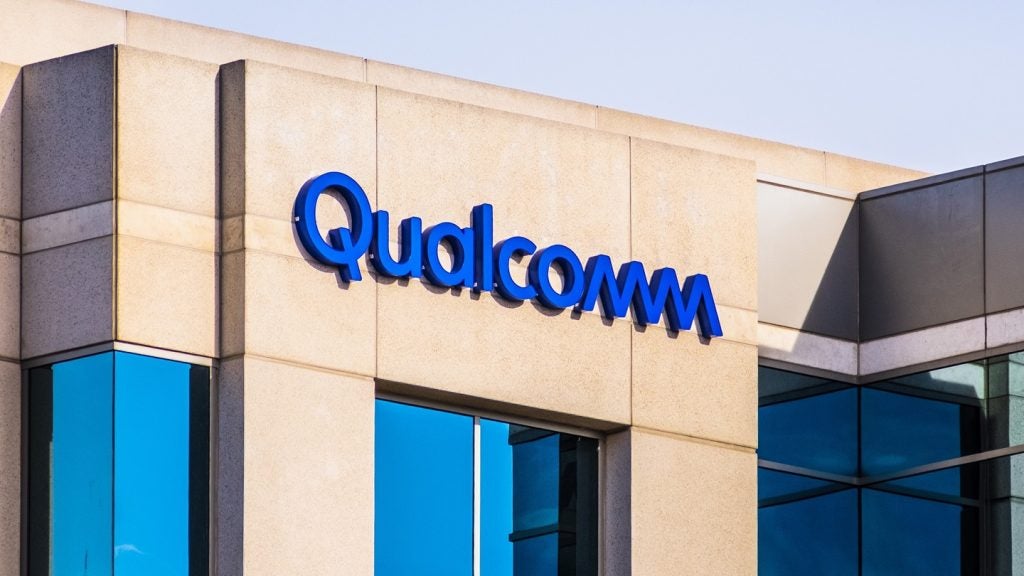The pending GE Q2 earning results due tomorrow are widely tipped to be a nudge for CEO John Flannery to enact reforms quickly.
The value of General Electric nearly fell by a half last year and another 22% in the first six months. Additionally, after a century in the Dow Jones Industrial Average, the company was pushed out of the list in June 2018.
GE needs become nimbler and leaner to begin to reverse the relentless slide from past fortunes.
Short-term pain for General Electric will continue. Shareholders in General Electric are believed to be secretly hoping for a return of 20-cents-per-share when the next earnings report is released tomorrow. Disappointment is likely as expectations are just 18-cents-per-share will be posted, down from 28 in the same quarter last year.
What is GE doing to regain its position?
Flannery’s strategy so far has reflected the need to scale down the business and the asset selling currently being done is speculated to be aimed at about $40bn. As part of the plan GE sold its industrial gas engendering business for $3.25bn in June and the $1bn sell off of its healthcare IT business in April. One a more larger scale GE announced in June it will unload its 62.5% share in oil giant Baker Hughes over the next two to three years.
Yesterday GE also announced a 3,000 reduction of its workforce in Germany as it plans to reduce the workforce in some key decisions, which is in addition to the 12,000 job cuts announced in December in the giants power equipment division.

US Tariffs are shifting - will you react or anticipate?
Don’t let policy changes catch you off guard. Stay proactive with real-time data and expert analysis.
By GlobalDataReduction of business costs
Flannery recently announced reduction in business costs of $500m on top of other already announced $3.5bn worth of cuts.
The company needs these to happen quickly. After the asset sale is complete, the remainder of the conglomerate will likely bring in around $70bn in revenue, but half of that will come from the power division which is in serious trouble following a severe drop in margins.
Selling the stake in Baker Hughes is expected to raise roughly $25bn. The influx of cash is vital if Flannery is to turn around company performance, a task which is becoming tougher the longer net income declines.
However, unless the leaner business produces improved revenues and lower business costs confidence will dwindle faster still.
Still early in the restructuring plans, Flannery has much to do. More adjustments need to be made soon for the sake of preventing further problems. A lot of the remaining company will require major organisational changes to transform divisional performances. Here, speed is essential.
Worse still, although GE gained positive headlines through the announcement of a debt reduction of $25bn, $18bn is the result of shifting liabilities which will remain the responsibility of current shareholders.
Unless these and other problems are overcome by the reforms planned by Flannery, much more remedial action will be necessary.








